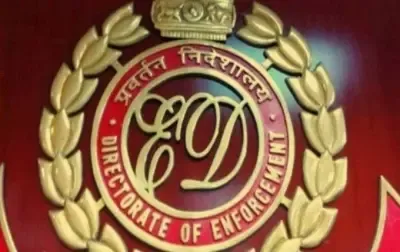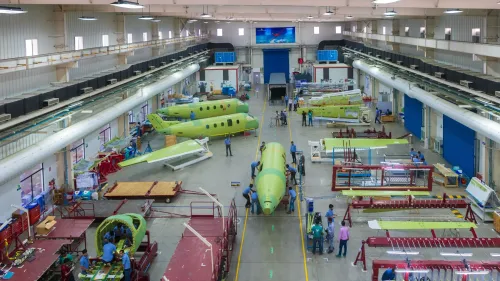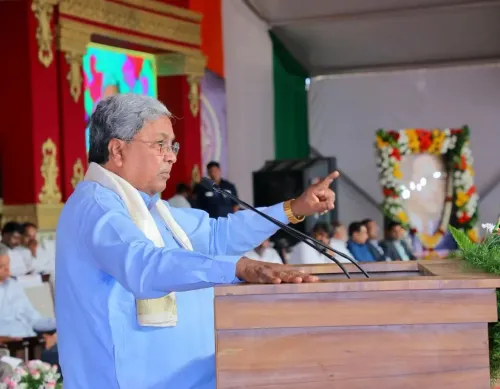Is the Cabinet Approving the Rs 5,801 Crore Lucknow Metro Rail Project?

Synopsis
Key Takeaways
- Investment: Rs 5,801 crore for Phase-1B.
- Stations: 12 stations, 7 underground and 5 elevated.
- Length: 11.165 km of new metro lines.
- Connectivity: Improved access to commercial, healthcare, and tourist areas.
- Environmental Impact: Lower carbon emissions and reduced traffic congestion.
New Delhi, August 12 (NationPress) The Union Cabinet, led by Prime Minister Narendra Modi, has given the green light for Phase-1B of the Lucknow Metro Rail Project, which will feature 12 stations spanning a distance of 11.165 km with a total investment of Rs 5,801 crore.
Of these stations, seven will be constructed underground while five will be elevated. Once Phase-1B becomes operational, the Lucknow metropolitan area will boast a comprehensive 34 km metro rail network.
This new phase will add approximately 11.165 km of metro lines, significantly enhancing public transport in some of the city's oldest and most densely populated areas, which currently suffer from inadequate connectivity, as detailed in a Cabinet announcement.
Phase-1B aims to effectively connect vital regions in old Lucknow, such as commercial centers like Aminabad, Yahiyaganj, Pandeyganj, and Chowk, as well as key healthcare institutions such as King George's Medical University and major tourist sites including Bara Imambara, Chota Imambara, Clock Tower, and Rumi Darwaza. Furthermore, the metro will facilitate access to local culinary hotspots famous for the city's rich food heritage.
By connecting these critical areas with the metro system, Phase-1B is set to improve connectivity and boost economic activity, tourism, and urban mobility for both residents and tourists, according to the statement.
The metro rail system presents a more efficient alternative to road transport, and with the introduction of Phase-1B, Lucknow is anticipated to see a reduction in traffic congestion, particularly on the densely traveled routes in old Lucknow. This reduction in road traffic will promote smoother vehicle movement, cut down travel time, and enhance overall road safety.
Moreover, the metro rail network is projected to significantly lower carbon emissions when compared to conventional fossil fuel-powered transport.
Improved travel times and better connections to various parts of the city—including the airport, railway stations, and bus terminals—are expected to enhance productivity by enabling individuals to access their workplaces and destinations more efficiently. The improved connectivity is also anticipated to invigorate local businesses near new metro stations, attracting further investments and development in previously hard-to-reach areas.
Lastly, the expansion of Phase-1B will promote equitable access to public transportation, benefiting a wide array of socio-economic groups and helping to diminish transport disparities, thereby improving the overall quality of life in Lucknow by decreasing commute durations and enhancing access to essential services.










